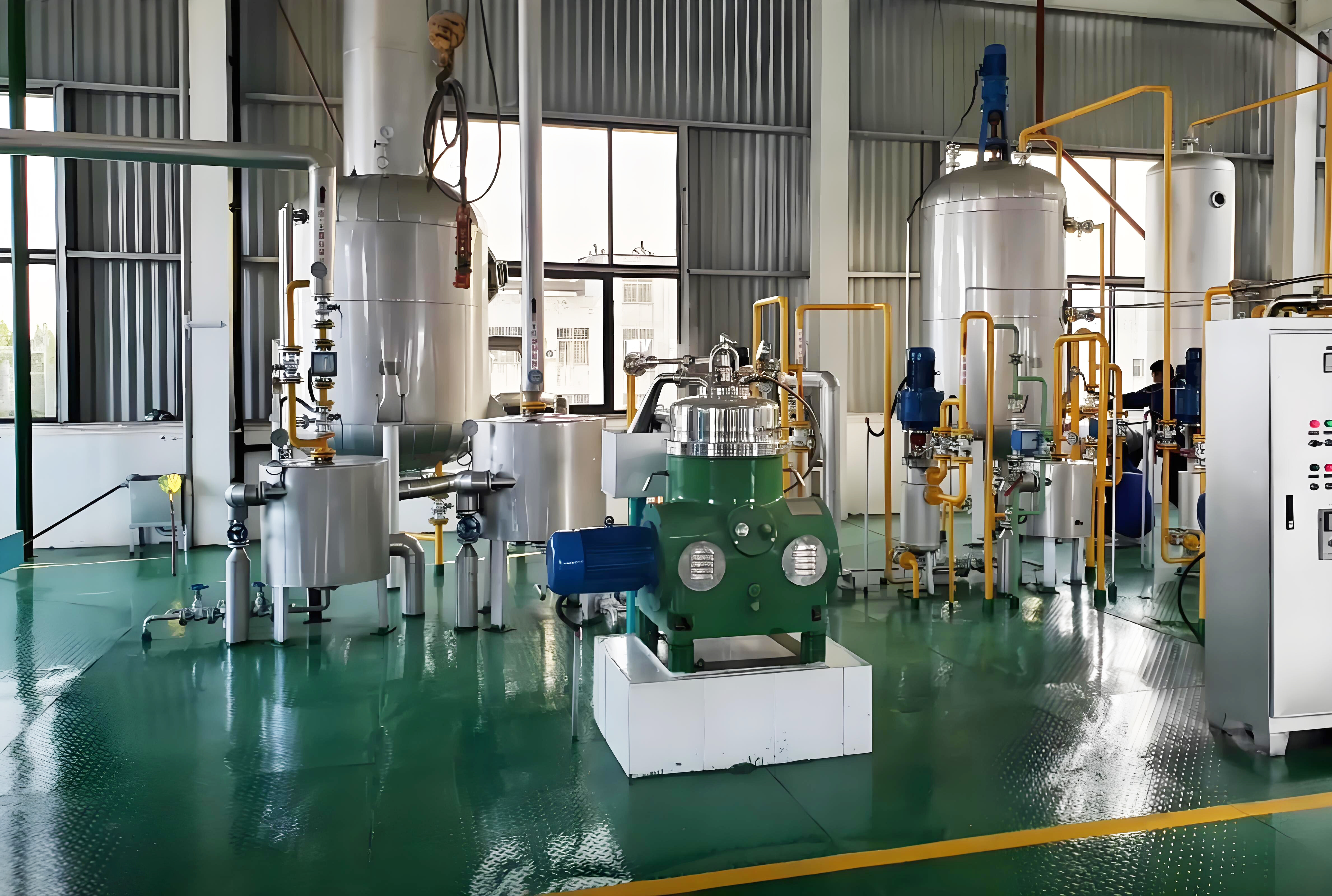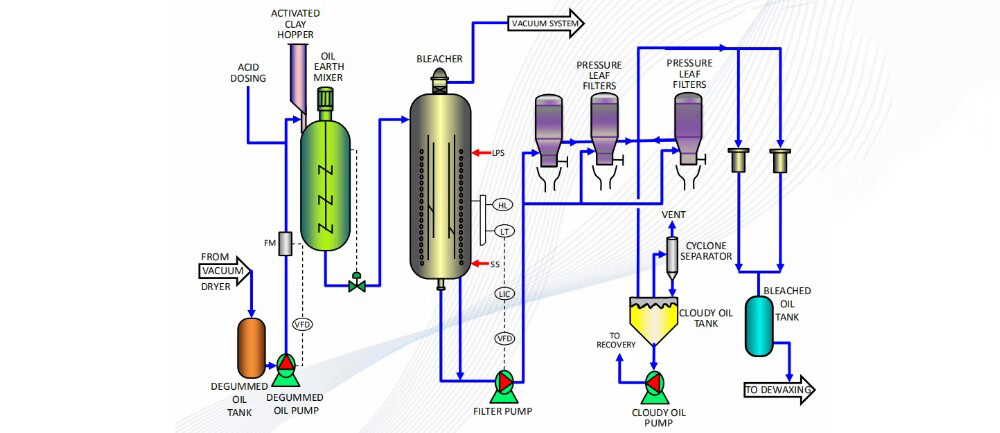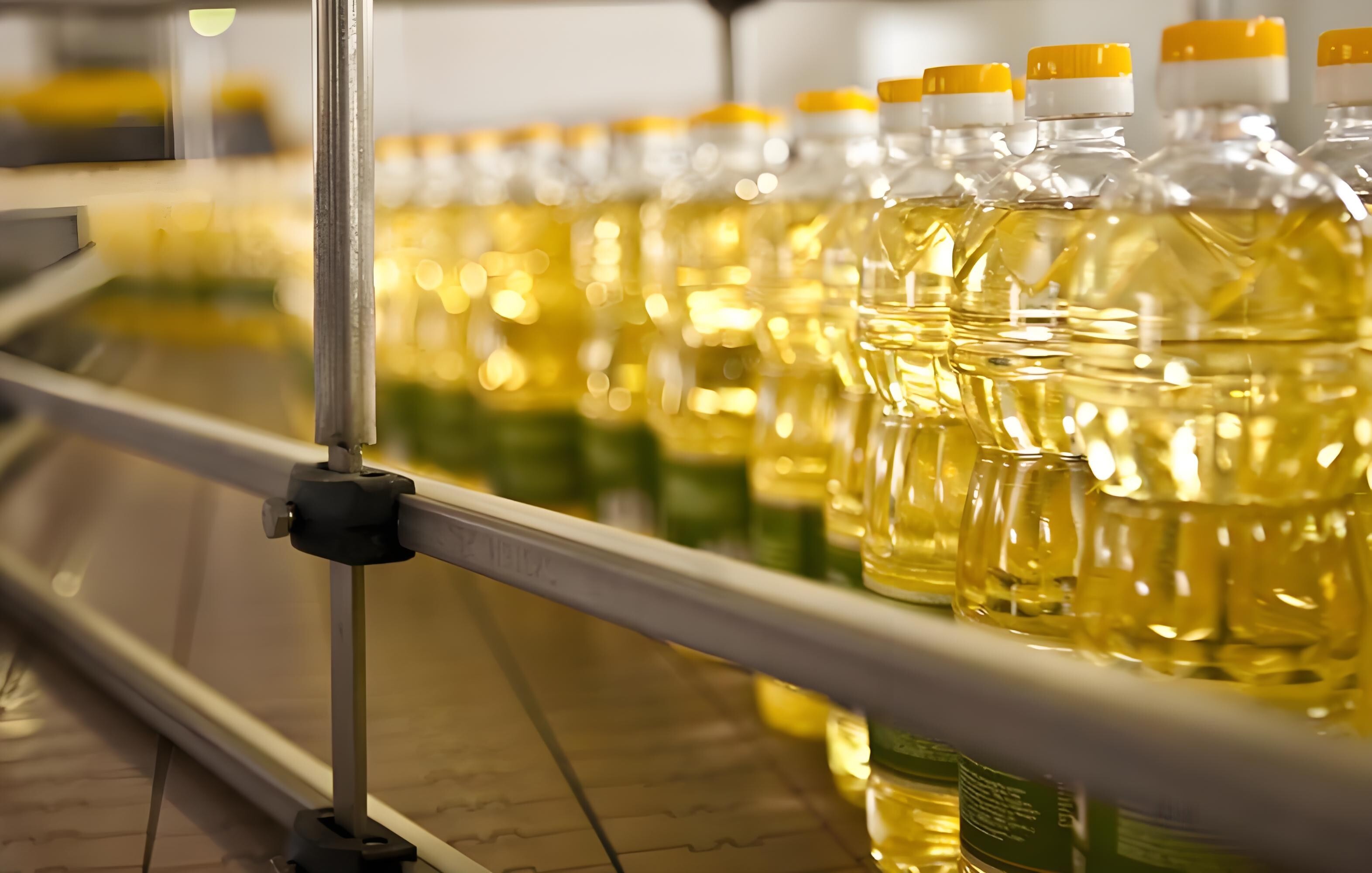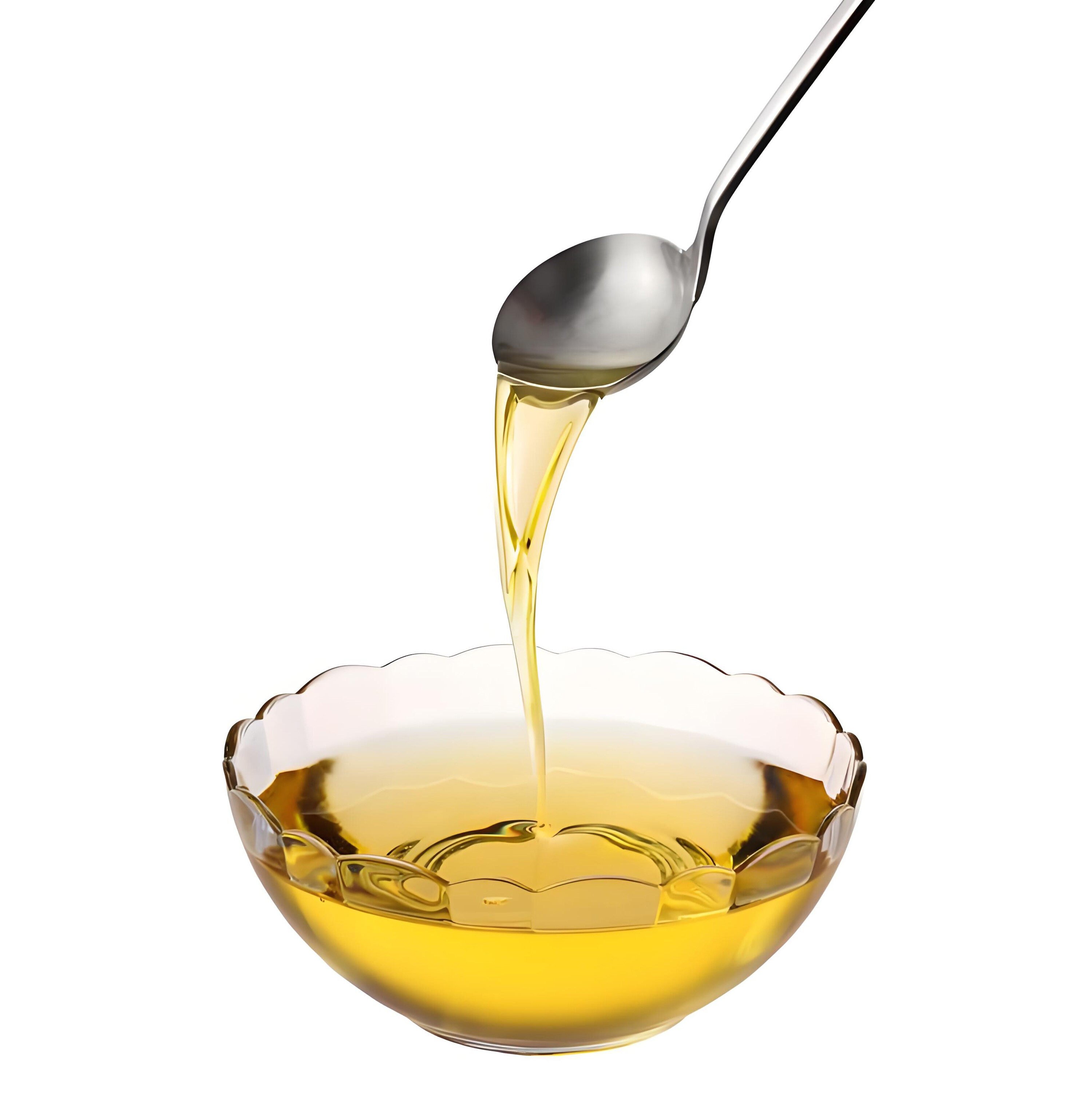Application and Advantage of KDP Plate Heat Exchanger in Edible Oil Processing
Application and Advantage of KDP Plate Heat Exchanger in Edible Oil Processing
Plate heat exchangers have advantages such as efficient heat transfer, energy saving, and compactness in edible oil processing, and are widely used in processes such as heating, cooling, deodorization, and crystallization of oils and fats. The core lies in the reasonable selection of boards and sealing gaskets to ensure high temperature resistance, corrosion resistance, and long-term stability. The following provides a detailed explanation from four aspects: process application, plate selection, and gasket selection:

Process Application of KDP Plate Heat Exchanger in Edible Oil Processing
Heating process
Preheating before crude oil refining, heating up the hydrogenation process (usually to 180-220 ℃).
High temperature stability to avoid local overheating that may cause oil oxidation or coking.
Cooling process
Hydrogenated oil rapid cooling (from high temperature to below 50 ℃ to form β 'crystal form), cooling after fractional crystallization.
Fast and uniform cooling to prevent crystal coarsening.
Deodorization process
Heat recovery of the inlet and outlet oil of the deodorization tower (preheating the feed oil through a heat exchanger while cooling the deodorization oil).
Sealing in high vacuum environment to prevent air infiltration.

KDP Key factors for selecting plate materials
The core material of plate heat exchangers needs to meet the requirements of high temperature resistance, corrosion resistance, and high strength.
The commonly used materials are as follows:
KDP Selection criteria for sealing gaskets
The rubber pad needs to withstand grease, high temperature, and cleaning agents. Common materials and applicable conditions:

Key considerations :
FKM is the preferred choice for high-temperature conditions (such as deodorized oil heat exchange).
The long-term stability of the rubber pad in specific oils (such as palmitic acid, oleic acid) needs to be tested.
The rubber gasket needs to match the groove of the board, and the commonly used "Clip on" type is easy to disassemble and clean.
Advantages of KDP Plate Heat Exchangers in the Edible Oil Industry Compared to
Other Heat Exchangers
Plate heat exchangers (PHEs) offer significant advantages over other heat exchanger types (such as shell-and-tube, spiral, and double-pipe) in edible oil processing, particularly in heat transfer efficiency, energy savings, hygienic design, and maintenance convenience. Below is a detailed comparative analysis.
1、High Heat Transfer Efficiency & Energy Savings
High Turbulence Design
Corrugated plates create complex flow paths, inducing turbulent flow (Re > 200) even at low velocities. Heat transfer coefficients (K-values) reach 3000–7000 W/(m²·K), 3–5 times higher than shell-and-tube exchangers (500–2500 W/(m²·K)).
Flow in the shell side tends to be laminar, requiring higher velocities or baffles to enhance heat transfer, increasing energy consumption.
Close Temperature Approach (Small ΔT_min)
In edible oil deodorization, PHEs recover heat from deodorized oil more efficiently, reducing steam consumption by 20–30%.

2、Compact Design, Saving Space & Cost
For the same heat duty, PHEs occupy 1/5–1/10 the space of shell-and-tube exchangers, ideal for space-constrained edible oil plants (e.g., low-ceiling workshops).
Example: Cooling 100 m³/h of edible oil requires ~2 m² for a PHE vs. ~10 m² for a shell-and-tube unit.
Plate thickness is only 0.5–0.8 mm (vs. 1.2–2 mm for shell-and-tube tubes), reducing stainless steel usage by >50% and lowering costs.
3、Hygienic Design, Compliant with Food Safety Standards
Smooth flow channels in PHEs prevent oil residue buildup and bacterial growth, complying with FDA and EHEDG certifications.
Vs. Spiral Heat Exchangers: Spiral channels trap oil residues and are harder to clean.
Supports clean-in-place (CIP) and sterilization-in-place (SIP) using NaOH, HNO₃, etc., while shell-and-tube units require disassembly for manual cleaning.
Plates use 316L stainless steel or titanium, and gaskets use FKM fluorocarbon or EPDM rubber, meeting food contact standards (e.g., EC 1935/2004).
4、Operational Flexibility for Process Adaptability
Heat transfer area can be adjusted by adding/removing plates (e.g., +20% plates for capacity expansion), whereas shell-and-tube units require full replacement.
PHEs can be arranged in series/parallel for heating-cooling-heat recovery integration (e.g., stepwise temperature control in palm oil fractionation).
Edible oils thicken at low temperatures (e.g., palm oil viscosity ≈80 cP at 25°C). PHEs optimize corrugation angles (e.g., 60°) to reduce pressure drop, while shell-and-tube units suffer from uneven flow.
5、Easy Maintenance & Lower Lifecycle Costs
Plates and gaskets can be dismantled by one operator (just loosening clamping bolts), with cleaning/replacement in <2 hours. Shell-and-tube units require specialized teams and 1–2 days of downtime.
A single damaged plate can be replaced at 5–10% of total cost, whereas shell-and-tube tube bundle leaks often require full replacement (30–50% cost).
High turbulence minimizes fouling, extending cleaning cycles to 3–6 months (vs. 1–3 months for shell-and-tube).
6、Limitations of Other Heat Exchangers & PHE Countermeasures
7、Typical Application Examples
PHEs rapidly cool oil to crystallization temps (20–30°C), preventing coarse crystals, with lower pressure drop than spiral exchangers.
Recovers >90% heat from deodorized oil (vs. 70–80% for shell-and-tube).
Cools from 200°C to <50°C, 40% faster response than double-pipe exchangers.
8、Selection Considerations
Crude Oil with Solids: Install filters (≥100 mesh) to prevent clogging.
Ultra-High Temperatures (>250°C): Use special frames (e.g., galvanized carbon steel) to avoid thermal deformation.

King DuPont, China famous brand of heat transfer and fluid handling supply platform.
Contact

Get Free Quotes
NEED TO CHAT?
We will get back to you within 24 hours of receiving the message.

